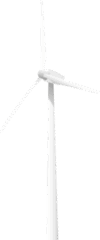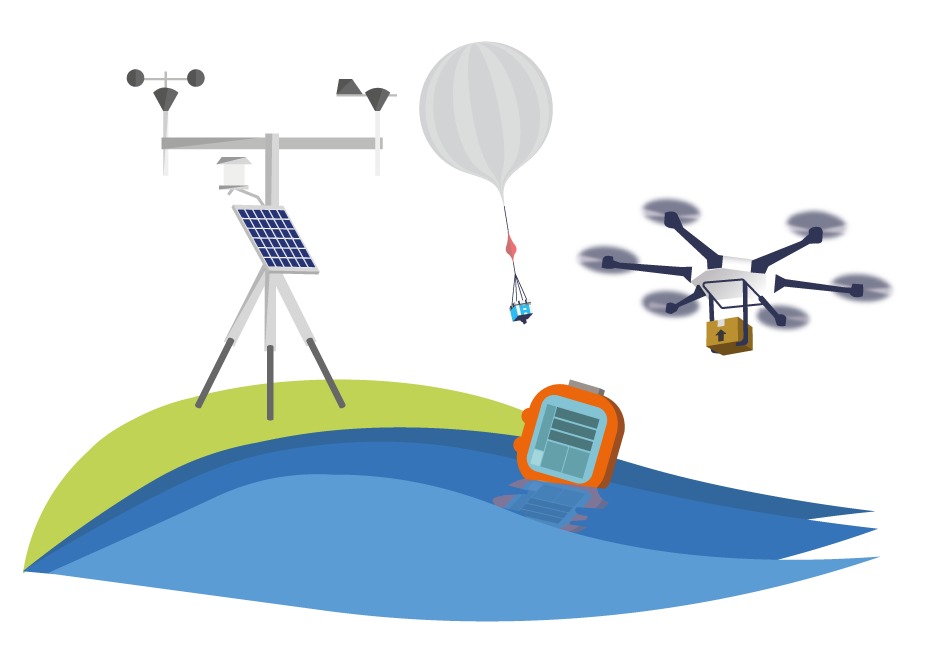Renewable energy sources tend to be in remote or hostile locations. Any land-based installation has to deal with the planning process and meet the inevitable objections from local residents and countryside campaigners. This is one of the reasons why land-based wind farms tend to be situated in isolated spots, on hilltops and moors away from settlements and livestock.
Secondly, remote locations are simply better natural environments to generate renewable energy. Wind farms are sited offshore or on remote hilltops because that’s where they’re most efficient – where the wind is strongest. Similarly, solar energy is more accessible in higher, more remote locations where people choose not to settle and tidal power has to be harvested out at sea.
“Customers rarely know exactly what they’re being billed for or what to expect and this makes it impossible to set – and keep to – precise budgets.”
Finding a suitable location
One of the biggest challenges in the renewable energy industry is finding a suitable location. To justify the investment involved in building and installing a wind turbine array, a prospective site has to meet stringent requirements with regard to wind speed and frequency. Too little wind and the array won’t deliver the required amount of power; too much wind and the array is vulnerable to damage.
Similar feasibility calculations apply to solar and tidal installations, all of which require careful and prolonged monitoring to ensure the energy yield from a particular site justifies the investment.

The need for monitoring doesn’t end once the installation has been built. In order to ensure that a solar or wind array is operating at maximum efficiency, a range of key components need to be measured day and night. That data has to be transported securely and in real-time to a control office where metrics such as wind speed, solar radiation power, and individual component performance can be assessed.
For most cellular tracking solutions, this causes significant problems. Moving from one territory to another requires moving from one cellular carrier to another and most cellular tracking services simply don’t have the coverage required to deliver uninterrupted contact or offer a choice of roaming partners. Customers are tied to a single partner in each territory, regardless of the cost or quality of the service. More importantly, this means that if the main signal is lost there’s no fall-back partner and coverage fails.
Moreover, there are significant billing and administrative shortcomings with traditional cellular solutions. Most carriers have different models for billing (fixed price, minimum quantity, per kilobyte of data etc) and this tends to be reflected in the complicated billing structure of most cellular services. Customers rarely know exactly what they’re being billed for or what to expect and this makes it impossible to set – and keep to – precise budgets.
A Track Record of Success in Renewables
Ground Control provides a simple, cost-effective solution to the problem of retrieving assessment and monitoring data. Unlike other M2M solutions, Ground Control provides the flexibility for engineers to design the service that suits them best. This might mean regular ‘heartbeat’ signals or time stamps to confirm the condition of specific instruments. It might mean a series of alarms or triggers configured to meet specific thresholds. Or it might mean a complex combination of variables. Whatever the precise solution required, Ground Control’s services can be configured to deliver exactly the data that’s needed in the most cost-effective way.
Ground Control provides the most comprehensive coverage available from any M2M cellular service. With multiple partners in more than 160 countries, Ground Control’s service gives customers an unrivalled choice of carrier partners and the security of knowing that if their chosen service fails, a fall-back can be configured with an alternative carrier. This failsafe service can be a crucial factor in important infrastructure projects.
In safe hands
Please call or email us, or complete the form and we'll be in touch. We have offices in the USA and UK, and over 20 years' experience in satcomms and IoT, plus access to the best airtime, devices and services available.



